Hi Friends! We're down to the last couple days on Kickstarter--be sure to reserve your decks now to catch those killer early prices & the digital SWAG.
I've finished designing the printouts for the E-SWAG and Home Tarot Spellbook bundles, and wanted to share some ideas for making the most of your digital downloads. You don't need my downloads to work with the tips we're about to run through! Fun crafty techniques for all here. But we have got quite a lot of handouts to work with now between the free ebooks here, the Patreon spreads, and the kickstarter-exclusive digital downloads I'm about to send out to backers.
I've finished designing the printouts for the E-SWAG and Home Tarot Spellbook bundles, and wanted to share some ideas for making the most of your digital downloads. You don't need my downloads to work with the tips we're about to run through! Fun crafty techniques for all here. But we have got quite a lot of handouts to work with now between the free ebooks here, the Patreon spreads, and the kickstarter-exclusive digital downloads I'm about to send out to backers.
I've been gradually redesigning the public spread collection from the blog here into matching diagrams suitable for printing at home. You can preview some of those on Pinterest. The high resolution files of the full set (42 spreads from the blog) are included in both the Patreon Aesthetes' digital catalog posts, and the Home Tarot Spellbook e-SWAG add-on on Kickstarter. Aside from that, Patreon content stays exclusive to Patreon, and Kickstarter ESWAG stays exclusive to Kickstarter backers.
The new digital printout packs there include:
• 8 spread printouts from the book
• 8 symbolic, illustrative coloring pages
• 42 spread printouts from the public blog collection
• 8 geometric coloring pages derived from words of power, which may be approached as either meditations or sigils
• 13 decorative divider tabs for organizing your printouts by topic
• 3 astrological reference charts
• 5 pages of recipes and ritual tips
*You don't need to order the decks to catch the digital SWAG, but you do need to pledge before the campaign ends on Thursday, March 7.*
The new digital printout packs there include:
• 8 spread printouts from the book
• 8 symbolic, illustrative coloring pages
• 42 spread printouts from the public blog collection
• 8 geometric coloring pages derived from words of power, which may be approached as either meditations or sigils
• 13 decorative divider tabs for organizing your printouts by topic
• 3 astrological reference charts
• 5 pages of recipes and ritual tips
*You don't need to order the decks to catch the digital SWAG, but you do need to pledge before the campaign ends on Thursday, March 7.*
Of course, you can mix and match these with your own material, and handouts from other creators. Here's a fun roundup of scrapbooking and journaling tips to get the most out of your printout collections.
1. Use decorative divider pages to organize your spreads binder by topic. If you print these out on card stock, it's easy to feel where each section begins. You might also use tabs or stickies to mark out sections at a glance. I don't like how those look, so I just use the weight of the card stock to find my way. If you're likely to rearrange things as you go, you might prefer to pencil in your titles.
2. A folio with plastic sleeves can be very handy for keeping recipe and spell pages you're likely to use around messy ingredients.
3. You can make decorative book covers for plastic or cardboard folders with wrapping paper, or fabric if you sew, the same way you folded your paper book covers for school. Keeps the organization practical, without disrupting the aesthetic vibe.
3. You can make decorative book covers for plastic or cardboard folders with wrapping paper, or fabric if you sew, the same way you folded your paper book covers for school. Keeps the organization practical, without disrupting the aesthetic vibe.
4. Try printing on cream or parchment colored paper for more of a classic, vintage look.
5. You can stain or speckle your printouts with tea, coffee, inks, vegetable dyes, or watercolors for an artistic flair or faux vintage effect. Handmade veggie inks and dyes are a fun way to layer in botanic materia and symbolism.
6. Print your coloring pages out on card stock and let the ink settle overnight. The next day, you can color them with watercolors or gouache for a more artistic flair.
7. Metallic inks and watercolors pair gorgeously with these. No affiliation, but I can recommend Van Gough brand for budget friendly metallic watercolors that apply well and look great when they dry. They also layer and mix nicely with other colors. Advanced tip: try pre-mixing a signature palette with your favorite metallic color blends. Dry inks do NOT reconstitute when you wet them, but most watercolors do. If you use color symbolism in your craft, you can custom tailor palettes to your sigil or spell work.
8. Yellow hi-lighters usually glow under UV light. You can use them to add little accents on wall art for parties or black-light spaces.
9. Try adding your own embellishments and sigils onto your symbolic art and spread printouts. You might activate these any way you normally do.
5. You can stain or speckle your printouts with tea, coffee, inks, vegetable dyes, or watercolors for an artistic flair or faux vintage effect. Handmade veggie inks and dyes are a fun way to layer in botanic materia and symbolism.
6. Print your coloring pages out on card stock and let the ink settle overnight. The next day, you can color them with watercolors or gouache for a more artistic flair.
7. Metallic inks and watercolors pair gorgeously with these. No affiliation, but I can recommend Van Gough brand for budget friendly metallic watercolors that apply well and look great when they dry. They also layer and mix nicely with other colors. Advanced tip: try pre-mixing a signature palette with your favorite metallic color blends. Dry inks do NOT reconstitute when you wet them, but most watercolors do. If you use color symbolism in your craft, you can custom tailor palettes to your sigil or spell work.
8. Yellow hi-lighters usually glow under UV light. You can use them to add little accents on wall art for parties or black-light spaces.
9. Try adding your own embellishments and sigils onto your symbolic art and spread printouts. You might activate these any way you normally do.
10. Frame and hang your painted pages as wall art for your working or meditation space.
11. Start a tarot scrapbook for your notes. Collage can be a super fun way to work on your card memorization and workshop fresh symbolic combinations. You're welcome to cut-up, tear, and reassemble the artwork I share in download kits in your scrapbooks. I'm a bit of a geek for Burroughs-esque cutups in artistic process. It's not just about making things pretty. Cutups are powerful ways to blend waking and dreaming logic, and scramble and recombine symbolism in a practice that blends fine art and occult craft. You can also use a tarot scrapbook to collect notes, UPGs, spells, dreams, or commonplace quotes and poetry pertaining to each card.
12. Keep some favorite spreads in the back of your decorative tarot scrapbook for a rich visual and tactile experience during more ritualized reading sessions. If you keep quotes and verse in your book you can supplement your readings with bibliomancy, and end a session with a random quote drawn from your own book.
13. Use a cork backed metal ruler to neatly tear the edges of your printouts for more texture.
14. Use thematically linked art pages as reading mats for your card draws within your book.
13. Use a cork backed metal ruler to neatly tear the edges of your printouts for more texture.
14. Use thematically linked art pages as reading mats for your card draws within your book.
15. Add dried plants and herbs with a small amount of undiluted mod-podge brushed both over the page, and over the plant matter. If you're working in a large sketchbook, you can even use your book to press and dry your leaves and flowers. And then, behold! You, an adult, can have more leaves in things:
Above all, have fun! It's your party. Got any scrapbooking or journaling tips you'd like to share? How do you enhance your books? Add notes or tips in the comments!
If you'd like to tip the blog this season, kindly donate to Doctors Without Borders Instead. Ceasefire now.
This post was brought to you by all my delightful Patreon supporters, and especially our Muse & Aesthete level patrons: Vince, Ann, Joy, Amy, JoXn, Tiffany, Nichole, Jenn, Opifex, Cyn, Laura, Lenore, Megan, Anne, Tara, Melissa, and Jay. Thank you patrons! You are gems!
This post was brought to you by all my delightful Patreon supporters, and especially our Muse & Aesthete level patrons: Vince, Ann, Joy, Amy, JoXn, Tiffany, Nichole, Jenn, Opifex, Cyn, Laura, Lenore, Megan, Anne, Tara, Melissa, and Jay. Thank you patrons! You are gems!

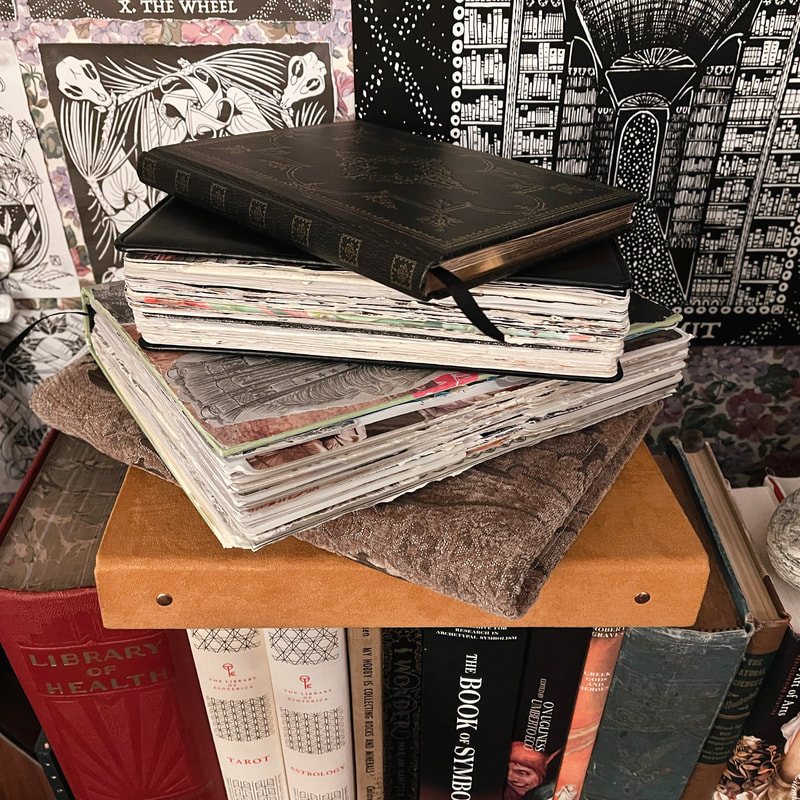
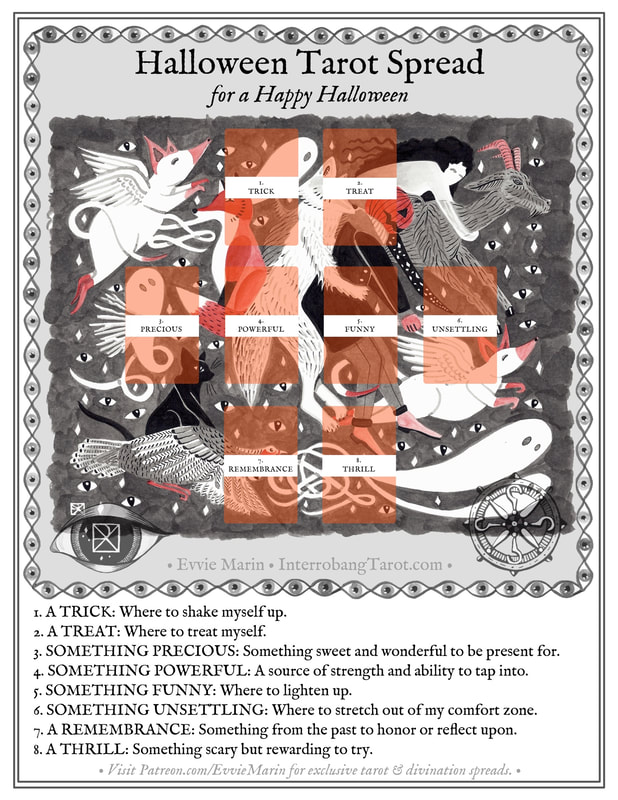

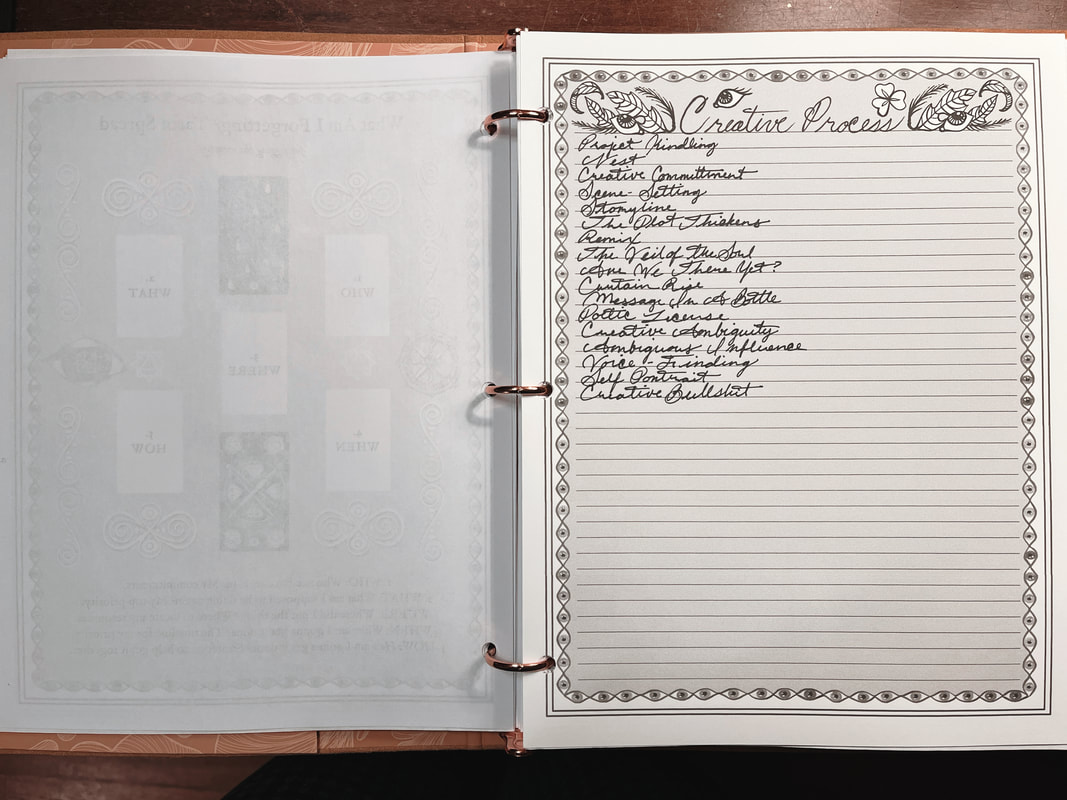
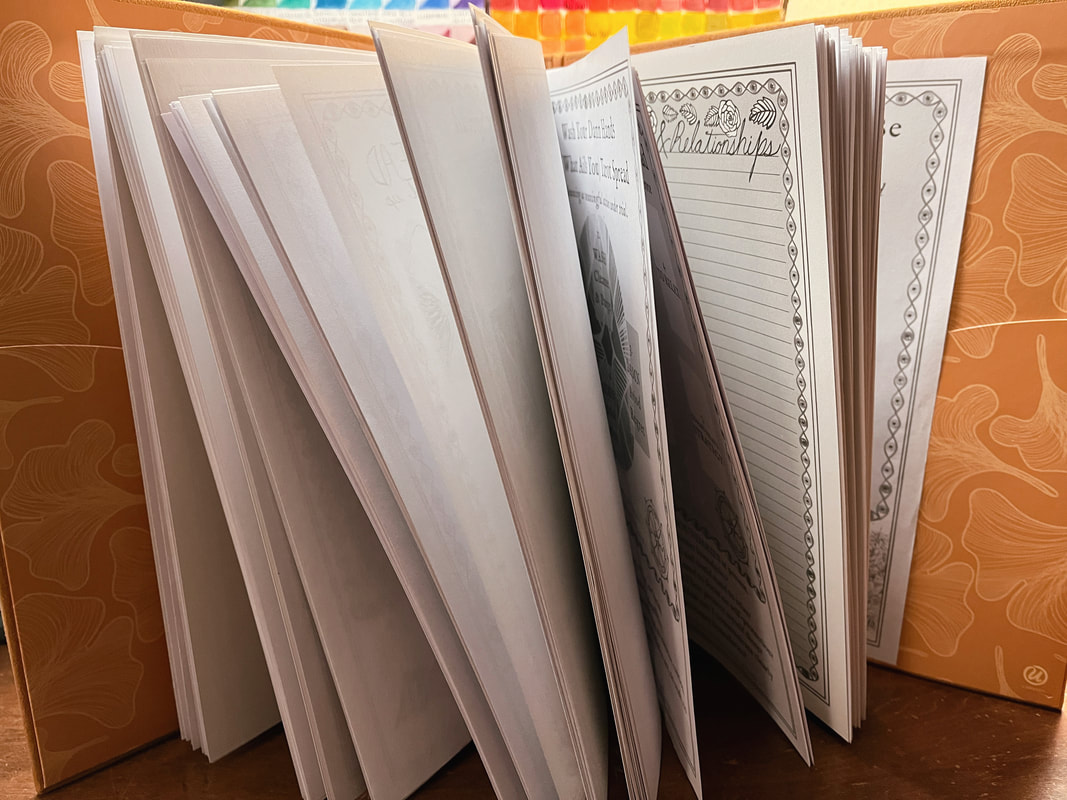
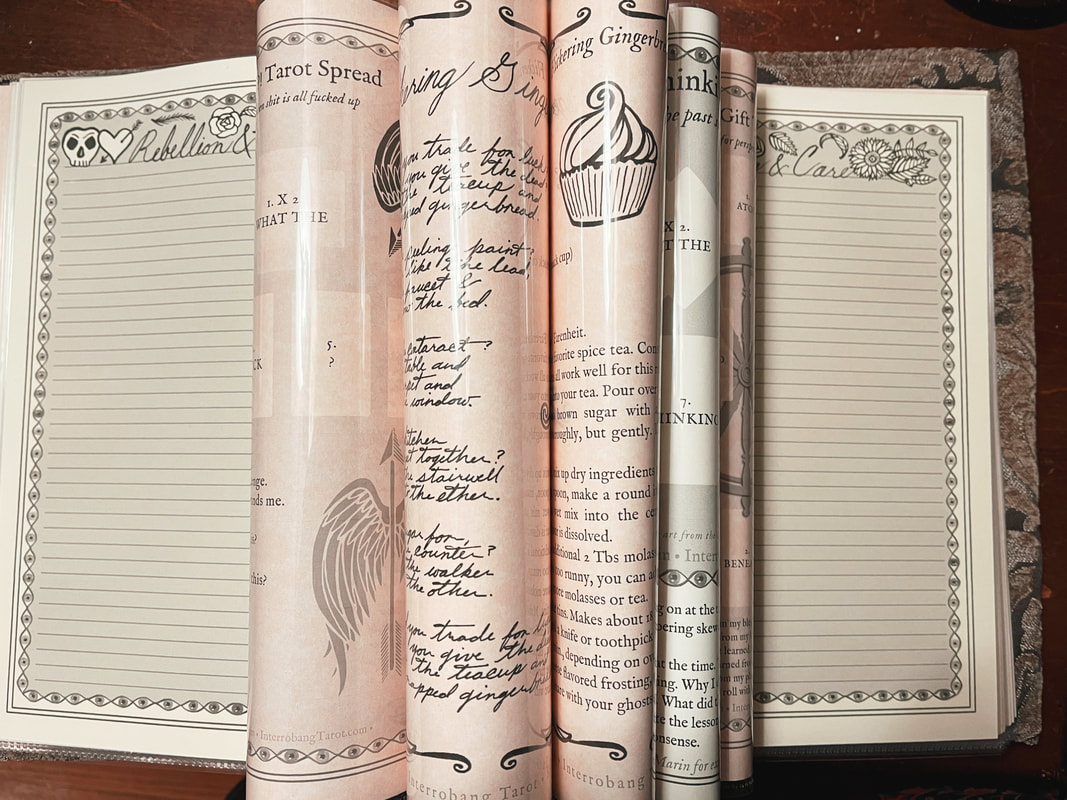
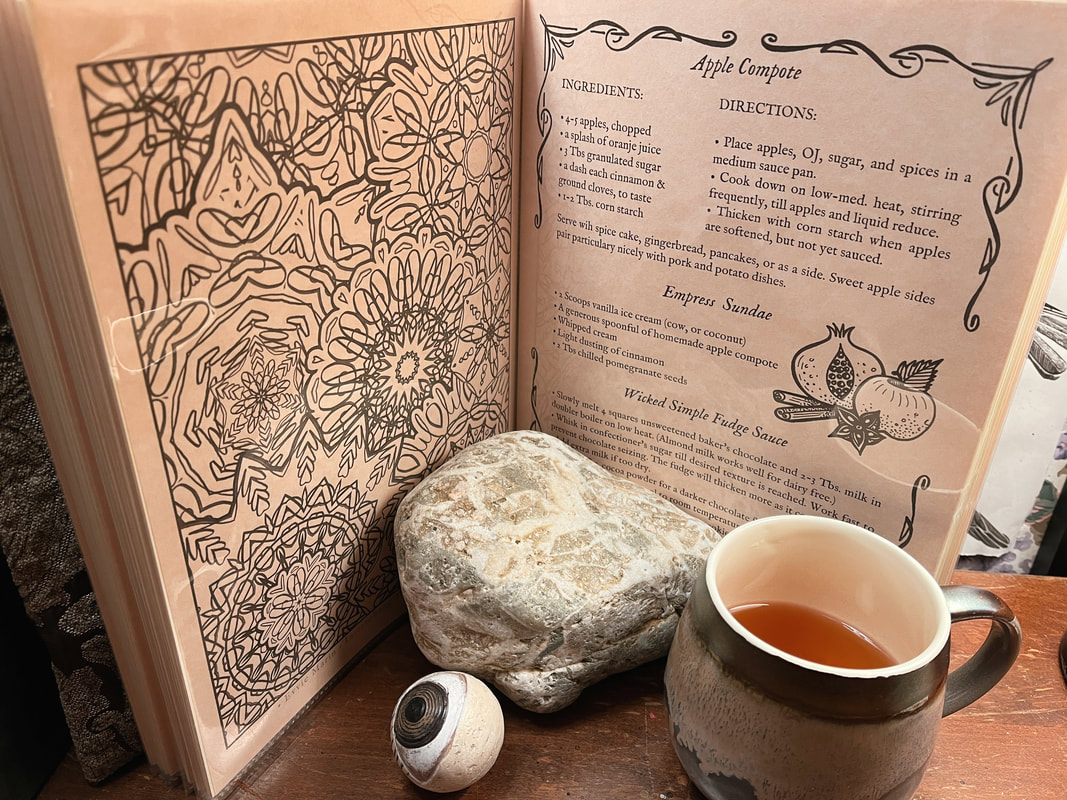
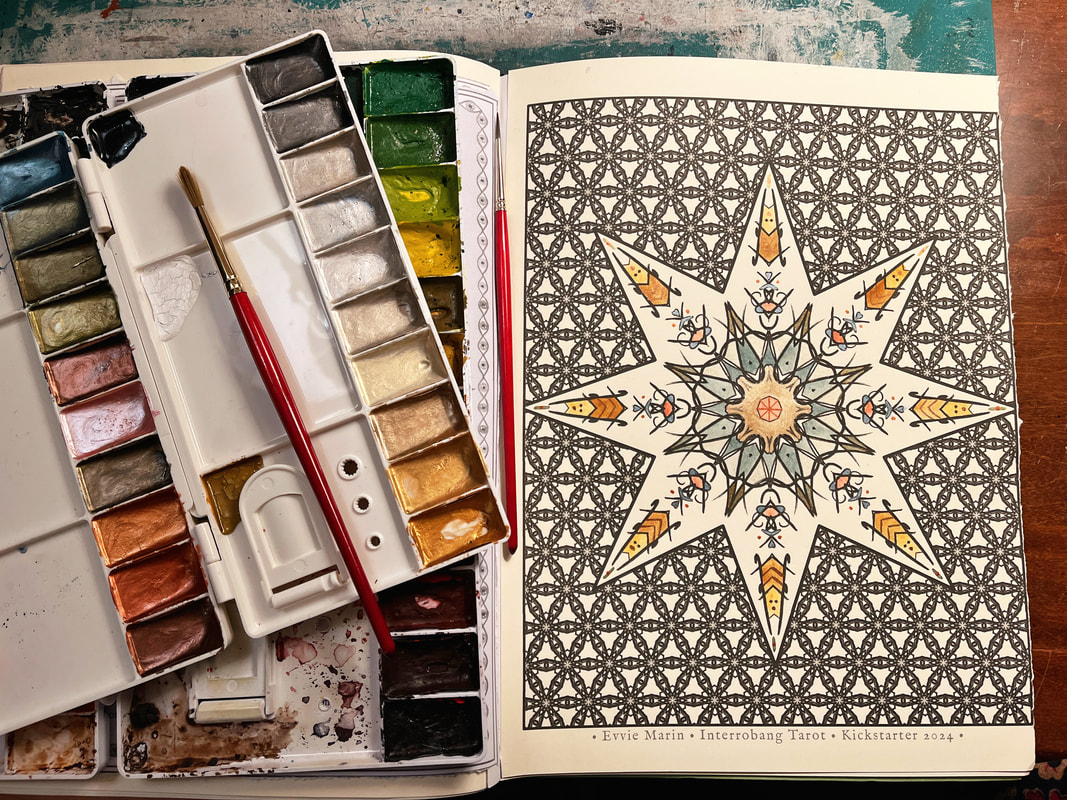
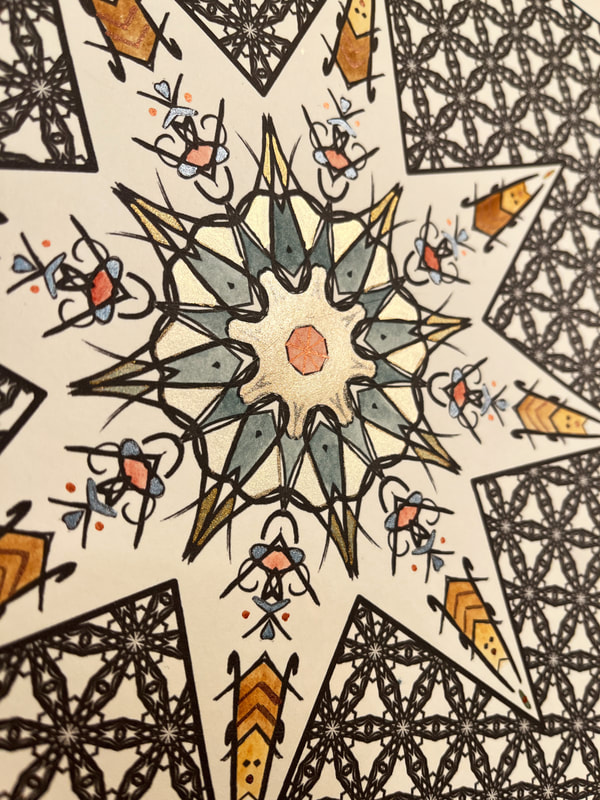
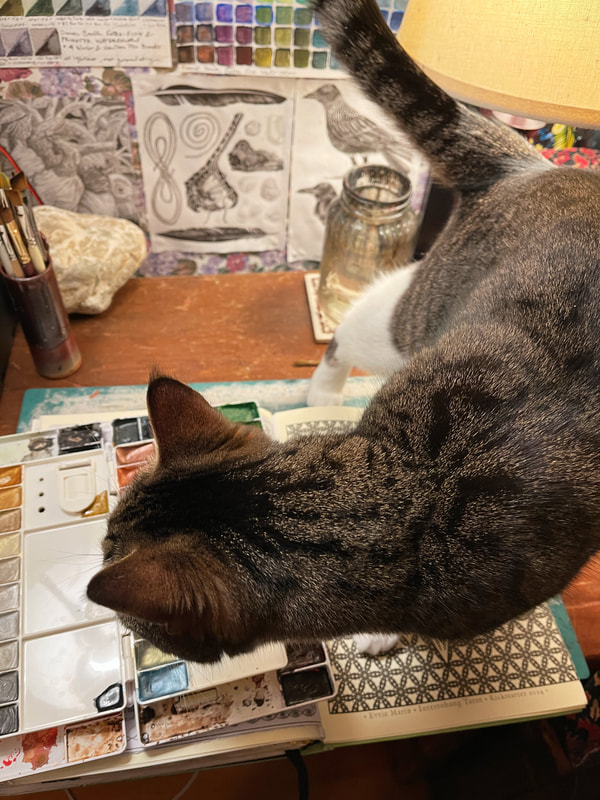
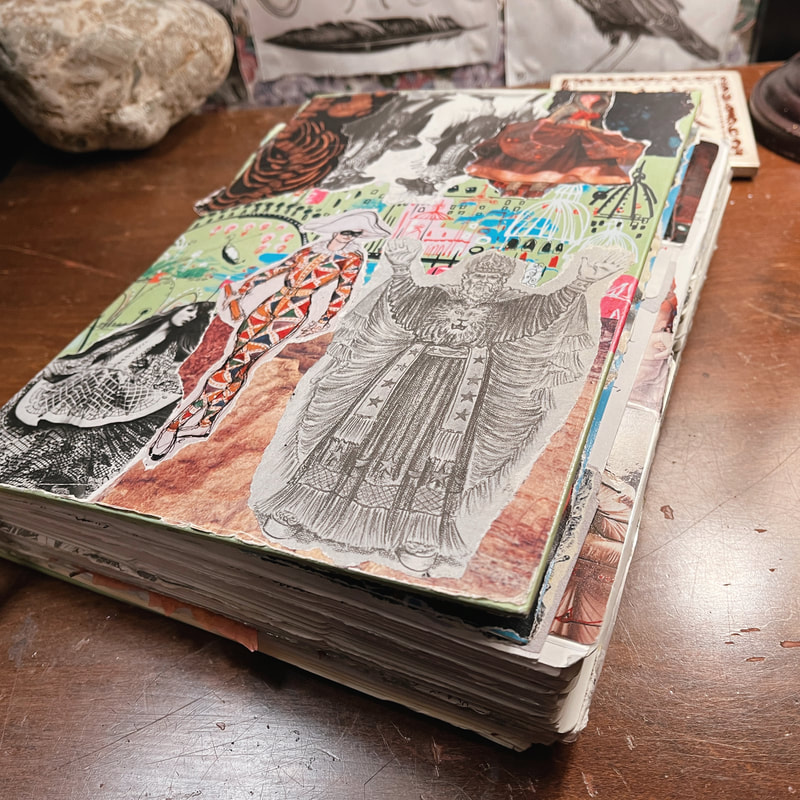
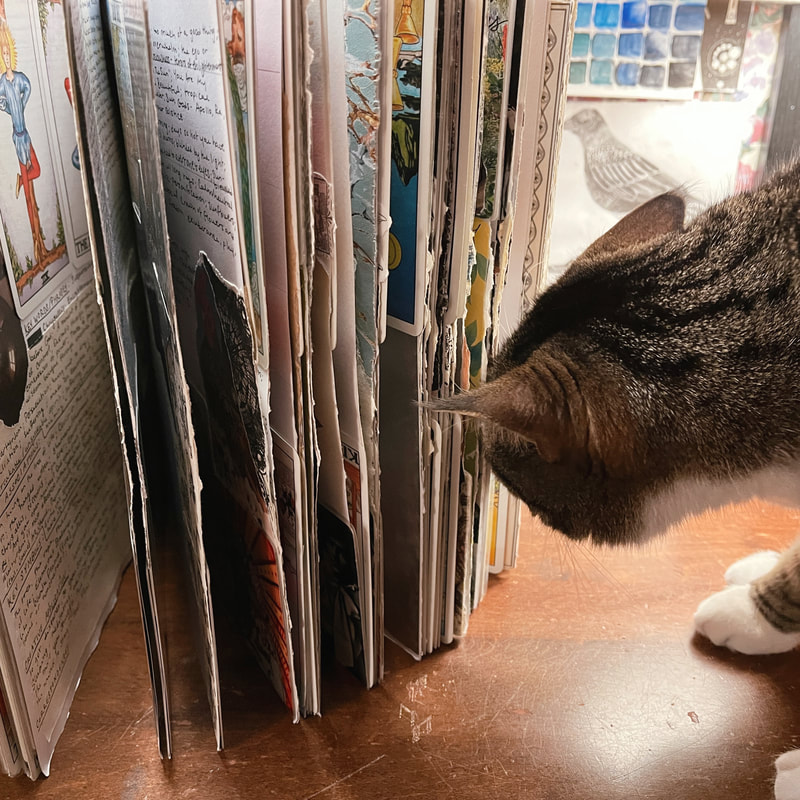
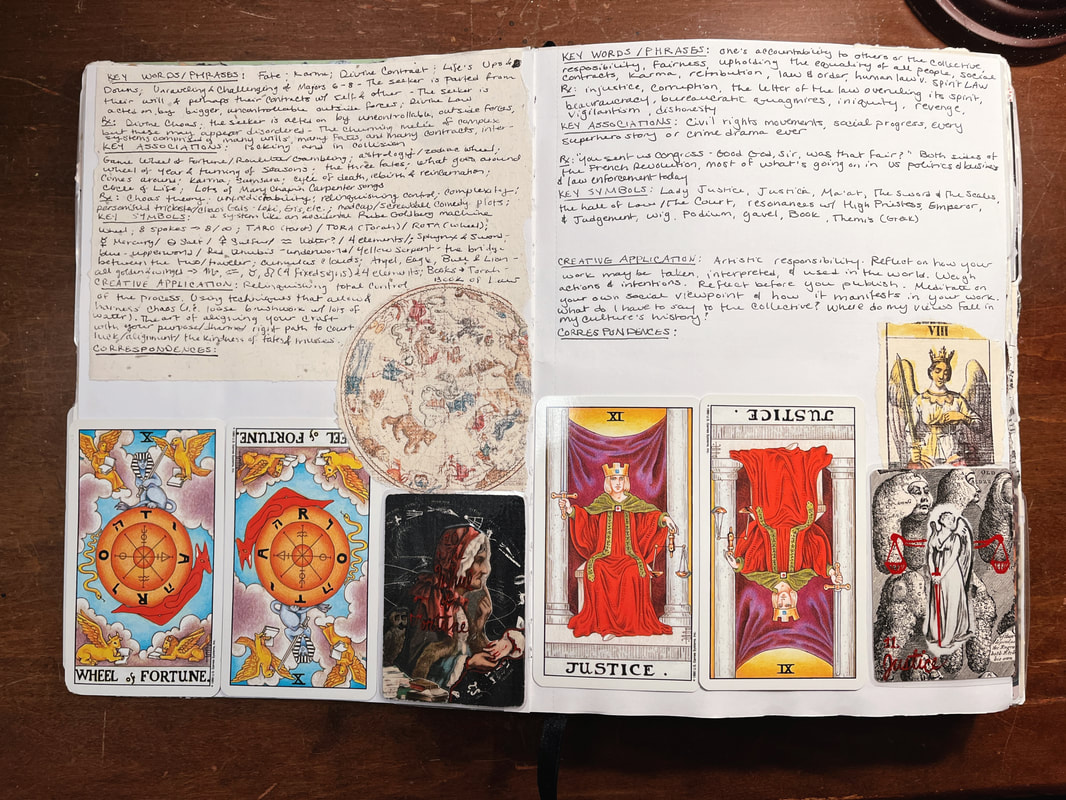
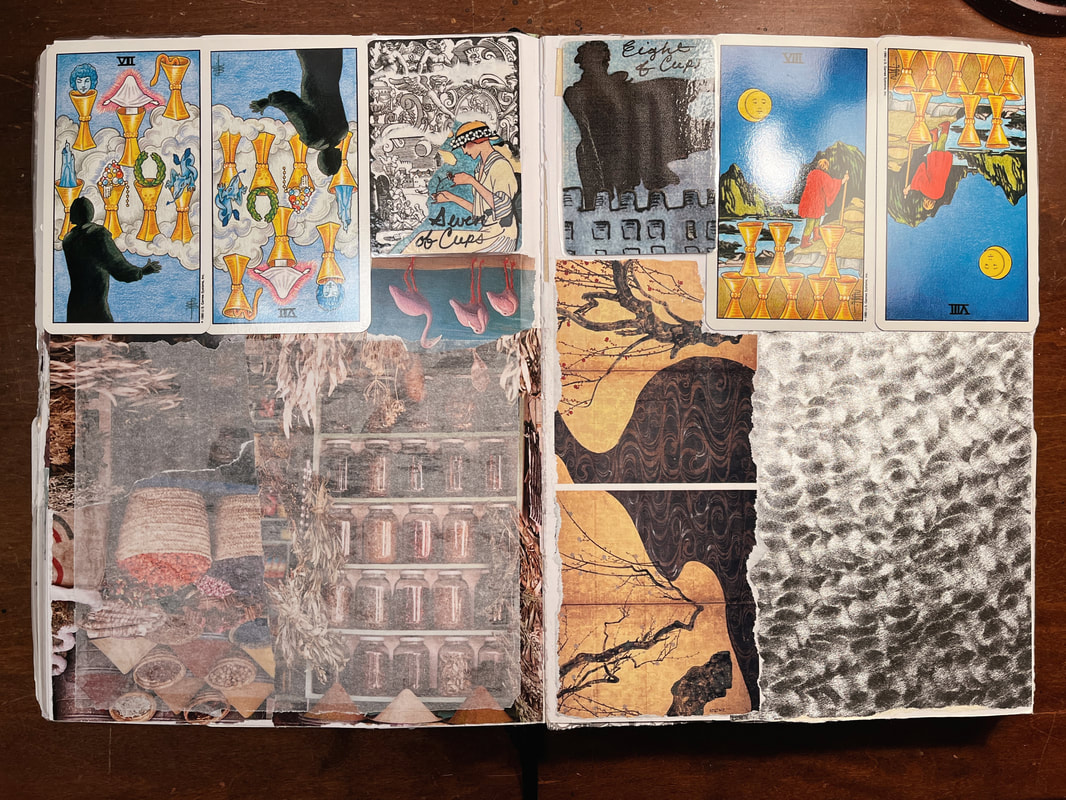
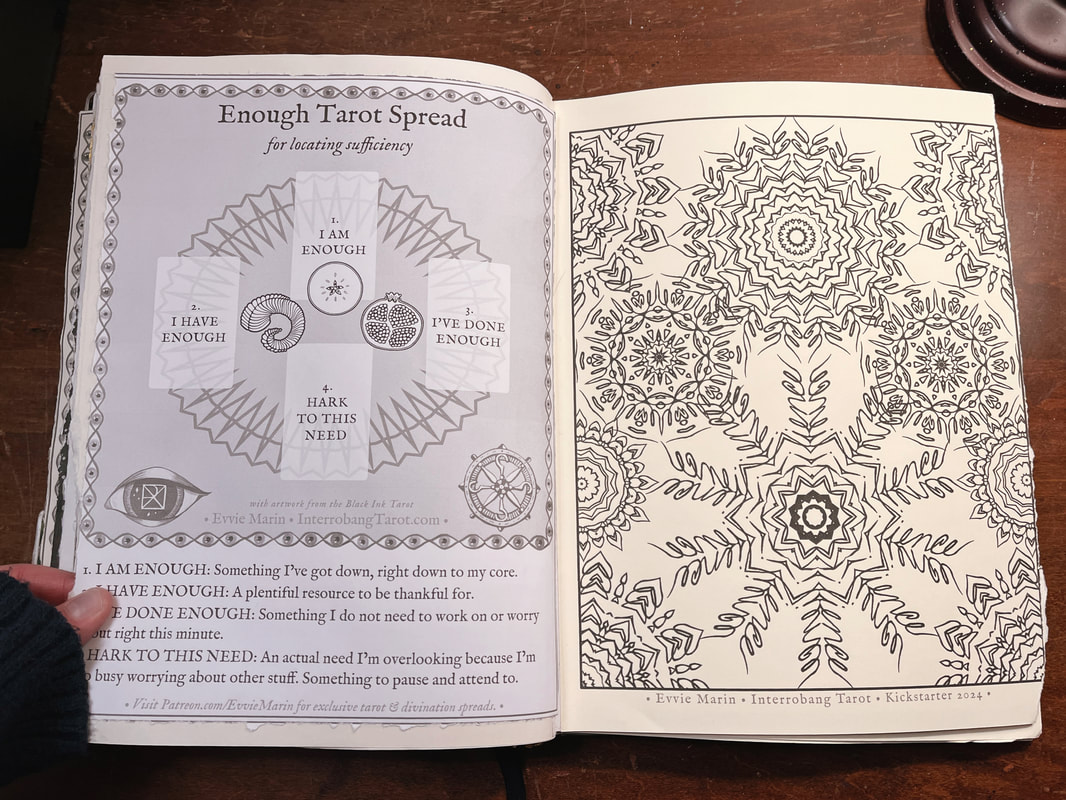
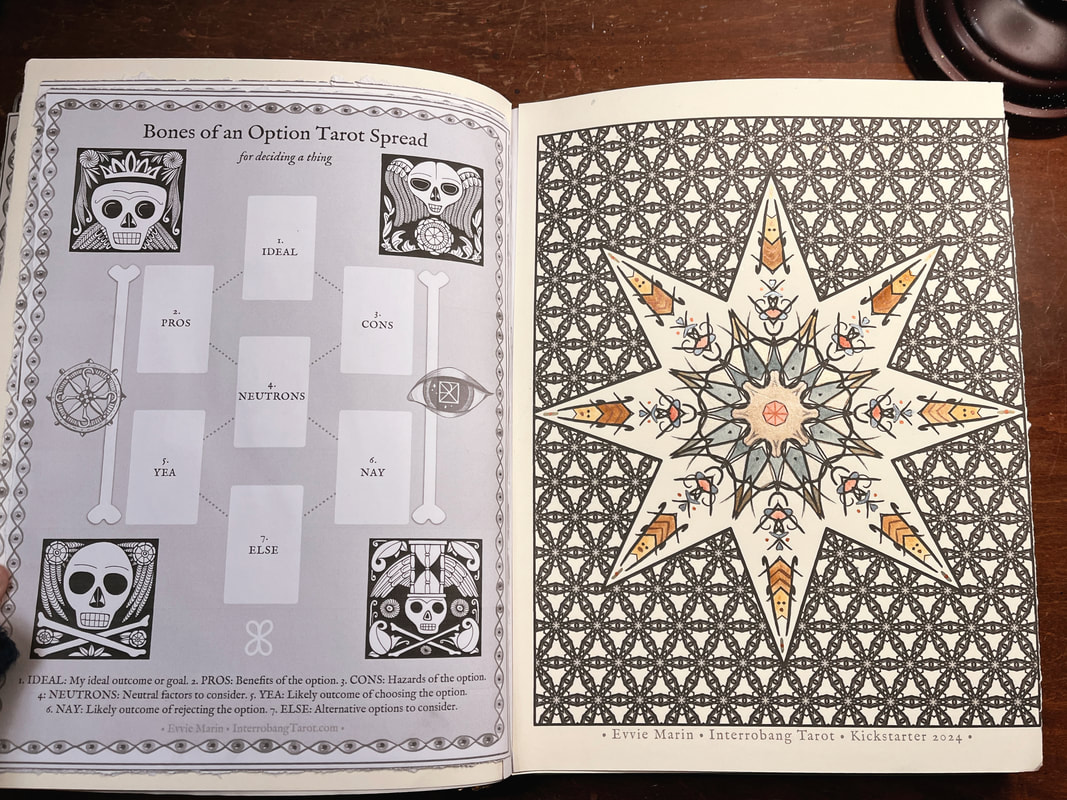
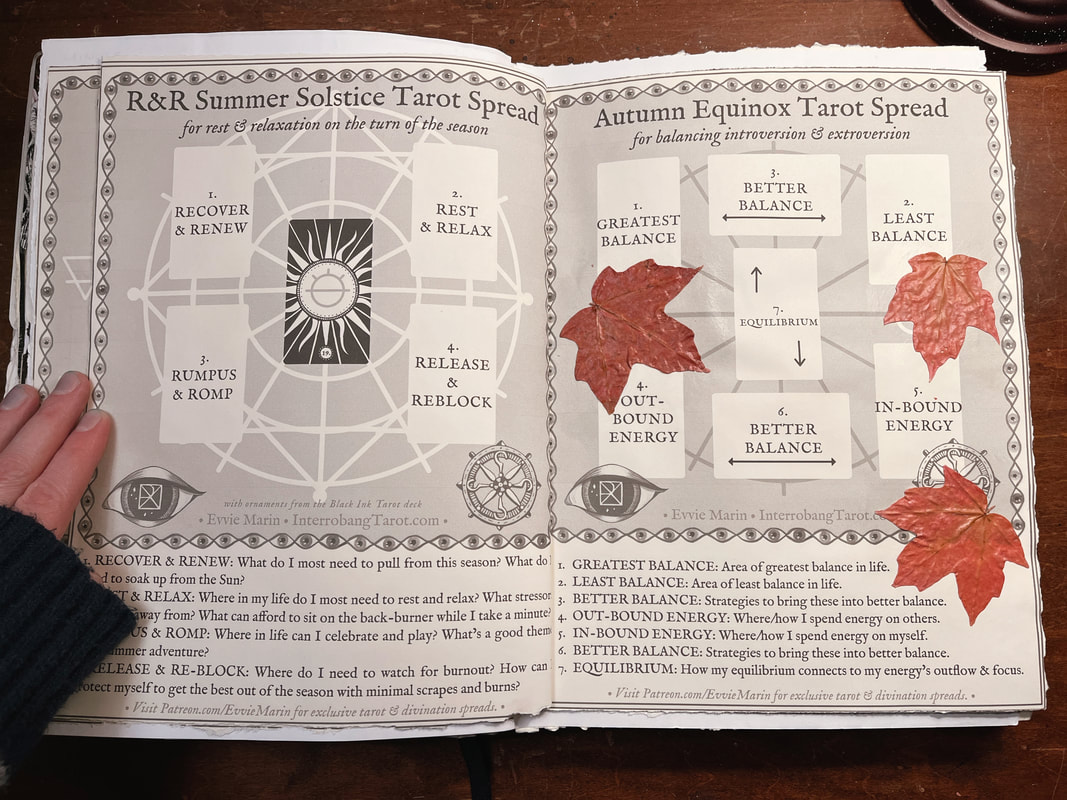
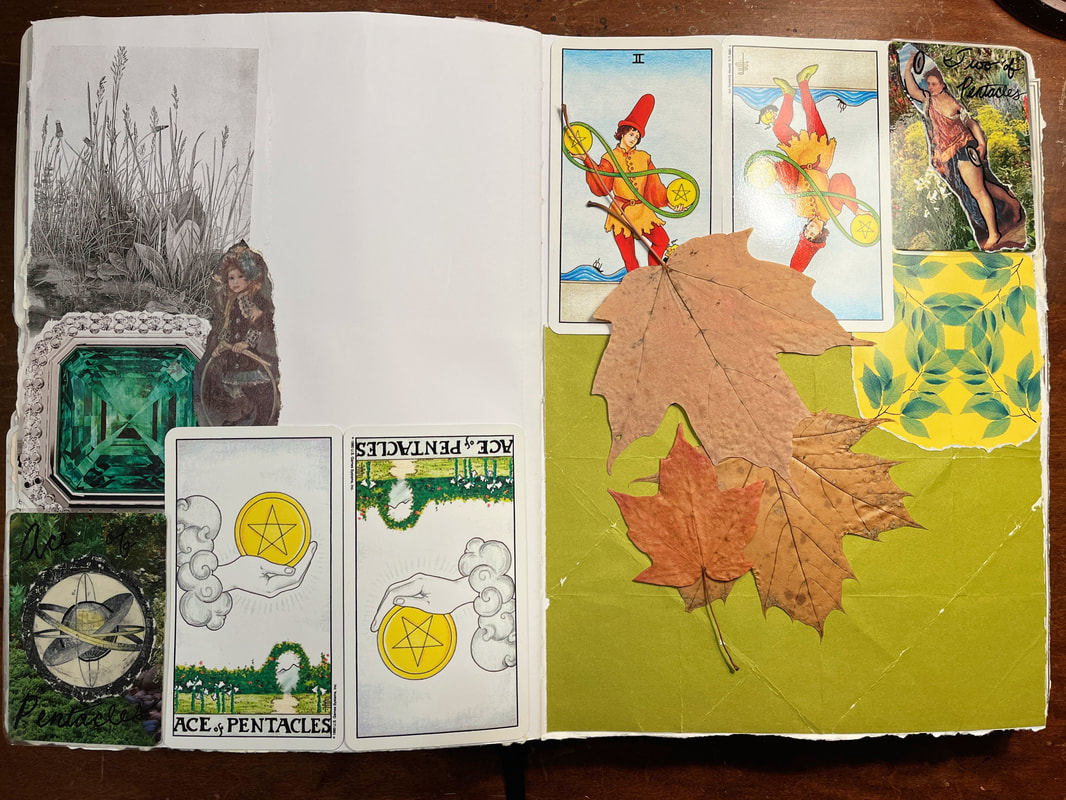


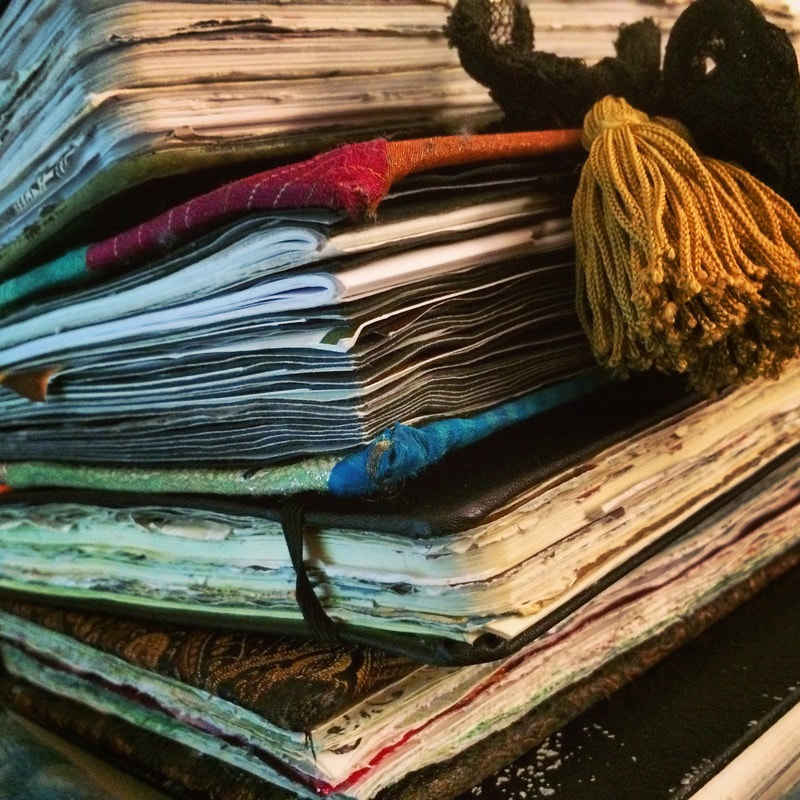



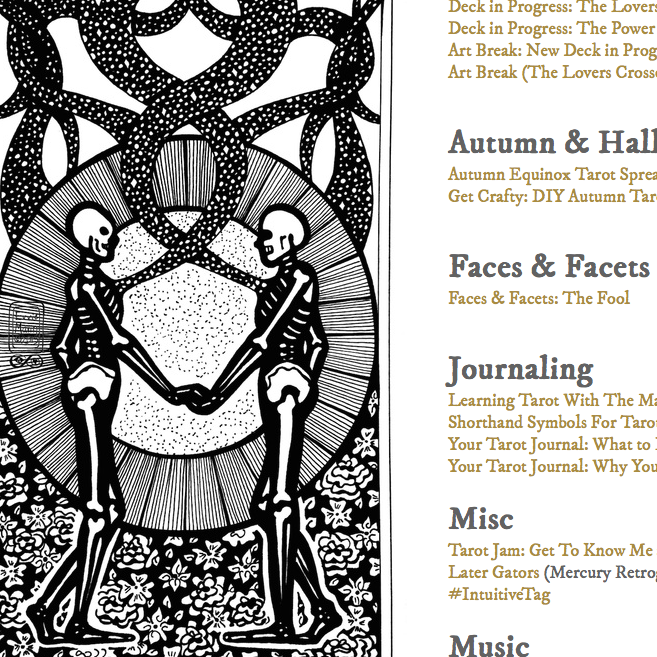

 RSS Feed
RSS Feed
